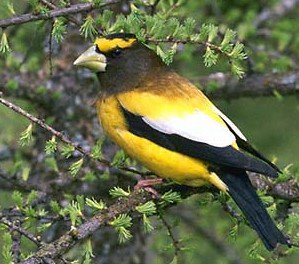Hey all, we're going to start talking about ecological and evolutionary processes that occur on large spatial and temporal scales. Two of the tools we biologists use to look at these are called
Geographical Information Systems (GIS) and
Remote Sensing. We're the first generation that has access to tools that lets us monitor the entire globe--from ocean temperatures to cloud cover to terrestrial and oceanic primary productivity to forest cover change--and use these tools to answer scientific questions.
GIS and Remote Sensing used to be the realm of techno-shaman like Sassan Saatchi at the
Jet Propoulsion Laboratory in Pasadena. (His work on
African and
Neotropical forests is amazing.) Not anymore. A free version of
Google Earth (GE) is available online and has democratized remote sensing and GIS so that even first-timers can ask global-scale questions about remotely sensed data, and also archive data in ways that clearly communicate this to others. For example, the global spread of
Avian flu is being
monitored using Google Earth, and GE is also being used to
aid the earthquake relief effort in Pakistan. There is a
great blog that you can use to see some of the uses of Google Earth. The blog also has
tips about setting up Google Earth for maximum utility.
After you get Google Earth set up,
click this link and open the folders under your "places" and start double clicking on these African animal photos take on Michael Fay's
African Megatransect.
And,
blow your mind with the
geological tours at this site. Tons of great information on how the earth works. It has tons of remote sensing covering mountain ranges, the Tsunami, Hurricane Katrina, earthquakes, etc.

